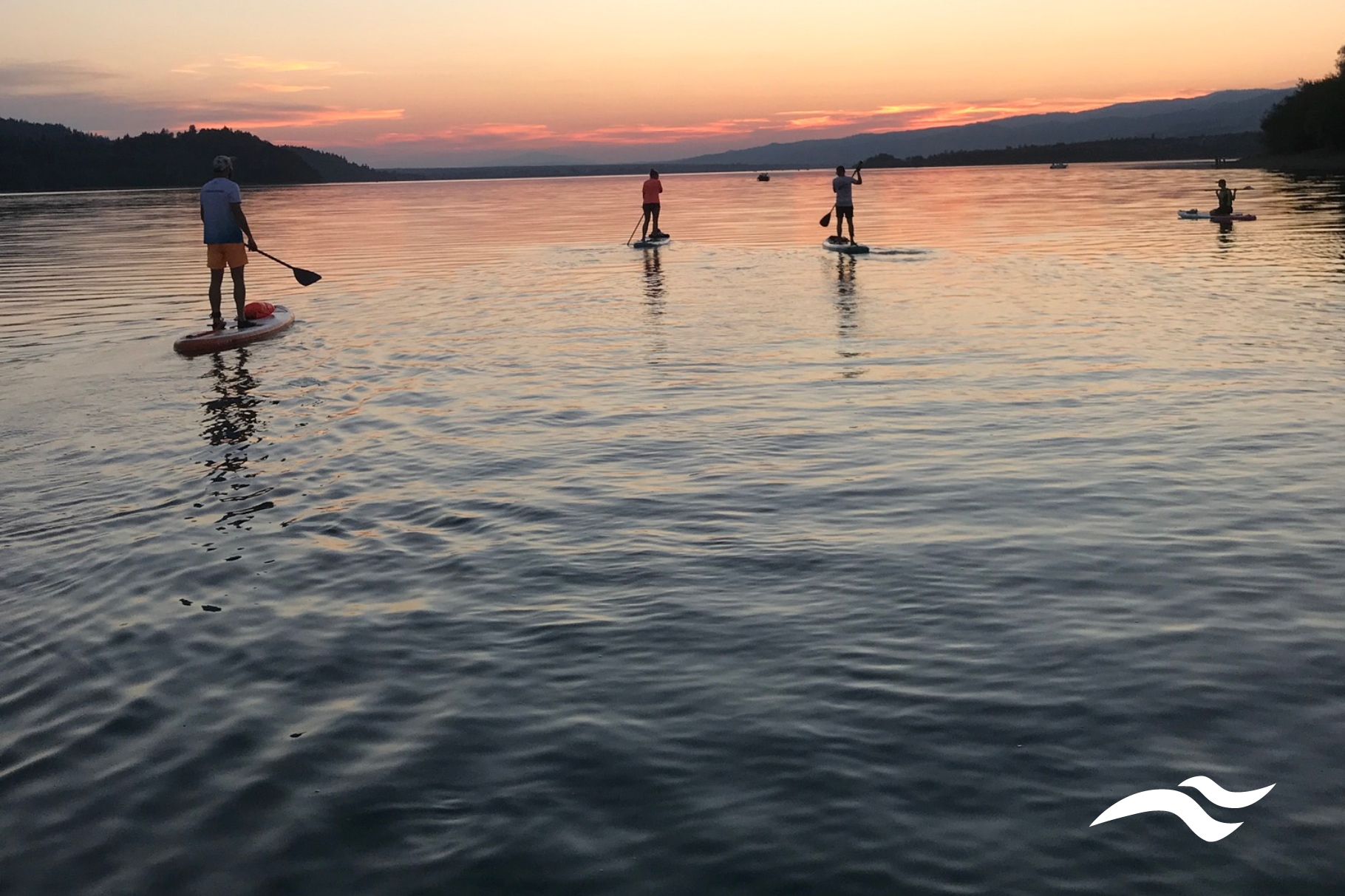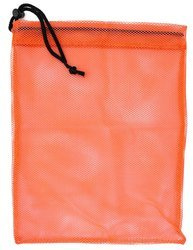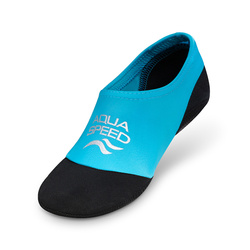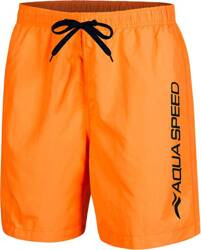The SUP Board – A Versatile, Trendy, and Fun Piece of Equipment for Active Water Adventures
Ita Warmińska, a SUP instructor, promoter of SUP yoga, and co-owner of the Hello Yoga school, shares insights on how and when to start and how to do it safely.
All About SUP Boards
What is a SUP board? A toy, a means of transport, or a sports accessory?
Ita Warmińska: Actually, SUP (Stand Up Paddleboarding) is all of these! SUP is a broad concept. There are many types and variations of boards designed for more or less specialized purposes. It’s a bit like bikes—you can choose a road bike, a full-suspension mountain bike, or a tricycle for a child.
A SUP board can also be tailored to who’s using it, what they want to do, and where they plan to use it.
- A large portion of boards on the market are versatile models, known as all-around boards. These are great family boards, ideal for learning to paddle and balance.
- There’s also a wide range of touring boards, which are perfect for enthusiasts of paddling trips and expeditions that involve carrying some gear. They’re also great for those who’ve mastered the basics of SUP and are looking for bigger challenges, faster speeds, or new training opportunities.
- Then there are more specialized boards: Wave boards for surfing fun on the waves, River boards designed for fast-flowing mountain rivers., Race boards—super-fast machines built for speed and competition.Stiff SUPs dominate this category, but there are also some great racing options among inflatable boards.
- Additionally, there are hybrids like the WindSUP, a SUP board with the option to attach a mast and sail for windsurfing, and the relatively new SUP foil, which lets you not only paddle but also lift above the water’s surface.
It seems that whether you're into play, recreation, or a more sporty approach, the SUP world has something to offer for everyone.
SUP for Beginners
How to Choose a SUP Board That Fits Your Needs? What Questions Should I Ask Myself?
Ita Warmińska: First, it’s important to honestly define your needs:
- Who will be using the board? Consider the height and weight of the main user. Will they be paddling alone, with a child or a dog, or perhaps sharing the board with someone else?
- Skill level and general fitness. Think about your sense of balance, physical fitness, and strength.
- Where and how often do you plan to paddle? The choice will differ depending on whether you’re taking your family to the Adriatic once a year or ambitiously preparing for SUP competitions next season.
- Practical considerations. Look at your real-world constraints—what’s your budget? Do you have the space to store and transport the board? Would an inflatable SUP (iSUP) be a better choice, or is a rigid board more suitable for your needs? Answering these questions will help you select the perfect SUP board for your specific circumstances.
SUP Board: Budget or Branded?
What is more important when choosing a SUP board—price, technical features, brand, etc.?
Ita Warmińska: Similar considerations apply as when buying any other sports or household equipment. Price is often a significant factor, but it’s crucial to remember that the cost is usually directly proportional to the quality of the board you’re purchasing.
This past season saw an influx of very cheap "market-grade" SUP boards. Almost every discount store offered SUP boards at extremely attractive prices (sometimes below 1000 PLN for a full set!). Unfortunately, at such a low price, it’s simply impossible to produce a quality board. This price range is filled with technological duds: poorly glued boards, leaky construction, structural defects, low-quality materials, and subpar accessories.
It’s vital to remember that these aspects directly impact the user’s safety (and potentially even their life) on the water.
Of course, no one wants to overpay, but seriously—if you’re buying a SUP even for purely recreational purposes, it’s worth investing in equipment from reputable manufacturers who have been in the market for a while. Also, consider purchasing from a store specializing in SUP boards or water sports in general. There, you can count on professional advice and reliable information about the product.
For convenience, many people opt for online purchases, which is great, but even then, it’s wise to do some research beforehand. Don’t rely solely on “buying with your eyes,” because a board with a beautiful design isn’t always technically sound.
Technical Aspects: Beyond the choice between a rigid board and an inflatable one, if you go for an inflatable board, you’ll face further considerations: Single-layer or double-layer construction? With or without additional reinforcements? What thickness and stiffness? What type of paddle, and so on?
I always recommend branded equipment from established manufacturers to my clients. It’s not about the “label” but practical matters like warranties, service options, availability of spare parts and accessories, and whether you can rely on a refund or repair in case of a defect—or if you’ll regret buying a cheap market-grade board that becomes unusable after a few outings.
Reputable companies also employ experts—shapers, engineers, and designers who specialize in the nautical properties, safety, geometry, and technology of SUP boards, continuously improving them year after year. World-class manufacturers also have teams of testers and professional athletes who put the equipment to the test in real-world conditions and demonstrate its full potential in skilled hands.
In Summary: It’s helpful to compare this to bicycles: you can buy a bike at a supermarket (it has two wheels, a handlebar, and a seat and it rides), but most people will still head to a specialized bike store for a reason, right?
The Season for Stand-Up Paddleboarding
When is the actual season for SUP? What can you do in the summer? Can you paddle in the fall, spring, and winter?
Ita Warmińska: The SUP season never really ends! Of course, the most enjoyable time to paddle (from a Polish perspective) is during the summer when falling into the water is no big deal. However, you can SUP just as well at any time of the year.
The key is choosing the right clothing. If you plan to paddle in cooler weather, it’s worth investing in cold-insulating neoprene footwear (or at least neoprene socks), a wetsuit (available in various styles—long and short, and in different thicknesses), and gloves.
For fall and winter paddling, a hat (a neoprene hood or a regular winter hat) will also come in handy. You might even consider a drysuit, though that’s a more significant investment.
Inflatable boards have the added advantage of being easy to transport, even on long trips. So, if you dream of paddling on warm seas or ocean waves, you can enjoy SUP anytime, anywhere.
SUP and Swimming Skills
Can people who don’t know how to swim use a SUP board? Is it worth taking swimming lessons before getting on a SUP?
Ita Warmińska: In my opinion, swimming skills are one of the basic requirements for safe SUP paddling. Falling into the water is inevitable when you’re starting out with Stand-Up Paddleboarding, and being able to swim helps you stay relaxed, boosts your confidence, and prevents much of the fear and stress that non-swimming SUP paddlers often experience.
From my experience as an instructor, I’ve seen that many people learning SUP don’t know how to swim. While SUP boards come with additional safety measures, so non-swimmers aren’t excluded, it’s important to approach the activity with caution.
For safety, a SUP board should always—always—be attached to the user’s leg with a special leash. Additionally, a non-swimmer should wear a life jacket (this is legally required and must be present on the board regardless).
Taking a few swimming lessons is definitely beneficial. You never know what situations you might encounter on the water, and the more confident and skilled you are, the safer and more enjoyable your experience will be.
SUP Paddling Courses and Training
Can you learn to paddle on a SUP board by yourself? Or is it worth seeking advice and lessons from an instructor who can teach you how to stand on the board, paddle, get back on from the water, secure items on the board, and more?
Ita Warmińska: Absolutely—wherever possible, I always recommend starting with at least one lesson from an instructor. While it’s possible to learn everything on your own, a lesson can significantly speed up the learning process, help you avoid common mistakes, and allow you to master the basics and technique more quickly, so you can confidently—and literally—venture into open waters.
I’ve observed many beginners taking their first steps on a SUP, and… it’s not always promising. Newbies often make things harder for themselves with poor posture, inadequate leg engagement, incorrect grip and use of the paddle, or other basic mistakes. Overlooking these seemingly simple issues can unfortunately take the joy out of paddling and lead some people to think SUP isn’t for them.
A session with an instructor will undoubtedly help you build confidence and skill on the board more quickly, prepare you for challenging situations on the water (like sudden wind changes, obstacles, or interactions with other watercraft), and teach you essential maneuvers while laying the groundwork for improving your technique in the future. A good instructor will also inspire a passion for SUP exploration while sharing a wealth of practical knowledge.
If you’re interested, feel free to join me for group or individual training sessions. I’d be happy to share even more about the joys of SUP paddling in person!
-----
Interview by: Maciej Mazerant / Managing Editor of AQUA SPEED Magazine
Photos courtesy of: Hello Yoga / Ita Warmińska
















